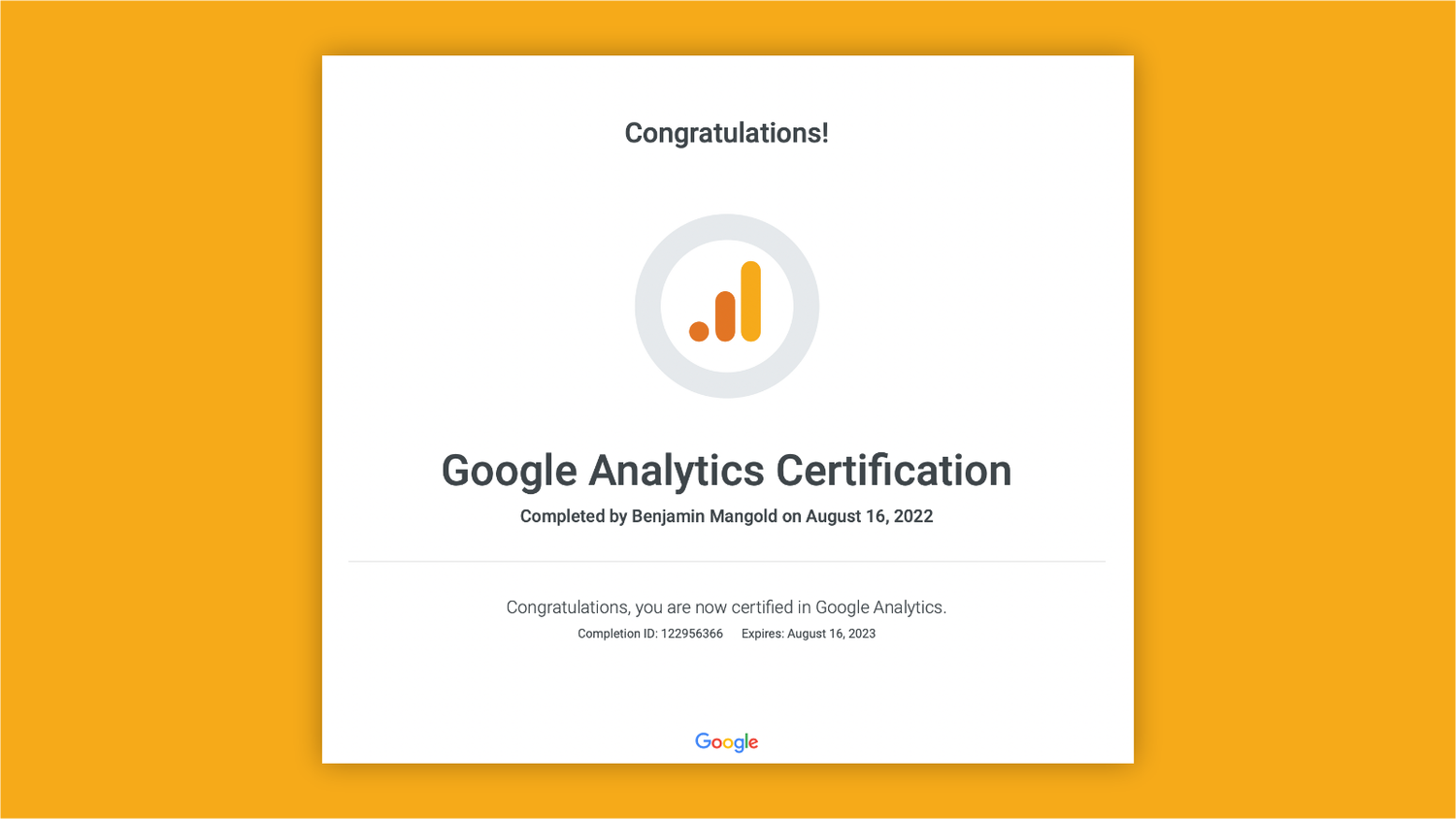Recognizing What is a "Dimension" in Google Analytics: A Comprehensive Guide
Recognizing What is a "Dimension" in Google Analytics: A Comprehensive Guide
Blog Article
Enhance Your Reporting Precision Utilizing Google Analytics Dimensions: A Comprehensive Guide

Comprehending Google Analytics Capacities

Google Analytics uses default measurements, such as "page views" and "session duration," however users can additionally produce personalized measurements to track particular data points relevant to their company objectives. In verdict, mastering Google Analytics dimensions is crucial for opening beneficial insights that can inform calculated decision-making and enhance total performance.
Significance of Information Precision
Relocating past just comprehending Google Analytics measurements, it becomes obvious that making certain data accuracy is paramount in obtaining meaningful understandings and making informed business choices. By making sure the accuracy of your information, you can confidently rely on the insights acquired from Google Analytics dimensions, allowing you to make educated choices that drive service growth.
Information precision additionally cultivates depend on amongst stakeholders. Decision-makers are more most likely to have self-confidence in the insights provided to them when records are based on reputable and specific data. This trust is crucial for building solid partnerships with customers, partners, and associates, as it demonstrates a dedication to openness and honesty in your reporting practices.
Advanced Dimension Modification
Enhancing the deepness of information analysis within Google Analytics involves delving into the world of Advanced Measurement Customization. This feature enables individuals to develop custom dimensions to further section and examine information beyond the default measurements supplied by Google Analytics. what is a “dimension” in google analytics?. By specifying certain criteria that relate to your company objectives, you can obtain much deeper insights into customer behavior, campaign performance, and other crucial metrics
Advanced Measurement Customization encourages customers to tailor their analytics reports to focus on one of the most vital facets of their web site or application efficiency. Whether it's tracking communications with certain aspects, keeping an eye on the habits of different individual sections, or assessing the influence of personalized occasions, personalized measurements supply a adaptable and effective tool for boosting information analysis capabilities.
Applying Measurement Filters
Building upon the ability to tailor dimensions for advanced information analysis, browse around this site the next action in enhancing your Google Analytics insights entails the application of dimension filters. Measurement filters enable you to improve your information by including or leaving out details values, giving a much more focused sight of your website or application performance. By using dimension filters, you can sector your information to analyze the actions of particular user teams, track the performance of specific pages or areas, or omit inner web traffic from your records, making sure that your understandings are based upon relevant data.
To apply dimension filters in Google Analytics, navigate to the Admin section, pick the View where you want to use the filter, and click on Filters under the Sight column. From there, you can create a new filter, define the dimension you desire to filter, established the filtering problems, and apply the filter to your data. By efficiently making use of dimension filters, you can boost the precision and significance of your coverage, leading to even more enlightened decision-making and improved general efficiency.
Dimension Analysis Strategies
When delving right into the world of dimension evaluation in Google Analytics, understanding different strategies is paramount for drawing out valuable read insights. One crucial technique is segmenting measurements to separate details parts of information for in-depth evaluation. By producing sectors based upon measurements like traffic resources or individual demographics, experts can discover patterns and patterns that might not be obvious when considering the information as a whole.
Another vital strategy is making use of personalized measurements to track added details concerning customers or communications on a website. Custom dimensions allow for a much more granular analysis of data, offering deeper insights into customer actions and choices. By establishing custom-made dimensions for particular events or user characteristics, analysts can tailor their records to address details organization inquiries.
Furthermore, the method of integrating dimensions can supply an extra thorough sight of individual actions. By cross-referencing measurements like website traffic resources with individual places or gadgets, analysts can gain a better understanding of how various factors affect user communications on an internet site. Overall, mastering these measurement evaluation methods can substantially improve the more precision and deepness of reporting in Google Analytics.
Final Thought
Finally, grasping Google Analytics measurements is important for boosting reporting accuracy and gaining useful insights right into user actions. By utilizing both default and personalized dimensions, organizations can tailor their analytics to mirror particular objectives and metrics. Executing measurement filters enables polished analysis, focusing on appropriate information and leaving out noise. Advanced division and cross-referencing techniques strengthen understanding, allowing notified decision-making and method growth based on exact, reputable details. This extensive strategy guarantees information honesty and enhances total coverage practices.
Measurements in Google Analytics are the characteristics of your data, such as the source of web traffic, the gadget made use of, or the geographical area of the customer.Google Analytics offers default dimensions, such as "page views" and "session duration," but users can likewise produce custom-made dimensions to track certain information points relevant to their company goals.Relocating past merely comprehending Google Analytics measurements, it becomes obvious that making certain information accuracy is extremely important in deriving significant understandings and making informed organization decisions.Building upon the capability to personalize measurements for innovative data analysis, the next step in optimizing your Google Analytics understandings involves the implementation of measurement filters. By using dimension filters, you can section your information to examine the actions of particular customer groups, track the efficiency of certain pages or areas, or leave out interior website traffic from your reports, making certain that your insights are based on pertinent data.
Report this page